Inspired by the humble bee, robotics researchers at Massachusetts Institute of Technology (MIT) have designed insect-sized aerial bots with a reimagined wing system that can fly for up to 1,000 seconds – 100 times more than any similar bots we've seen in the past.
These bots, which weigh less than a gram, feature flapping wings that not only allow for extended flights, but also increased agility – enough to pull off somersaults and trace infinity symbols in the air. And at an average speed of 11.8 inches per second (30 cm/s), they're quicker than fruit flies.
The tiny robots are a big deal because this could unlock a precise method to artificially pollinate plants in multilevel warehouses, enabling the cultivation of fruits and vegetables indoors at scale , and reducing the need for vast farmlands.
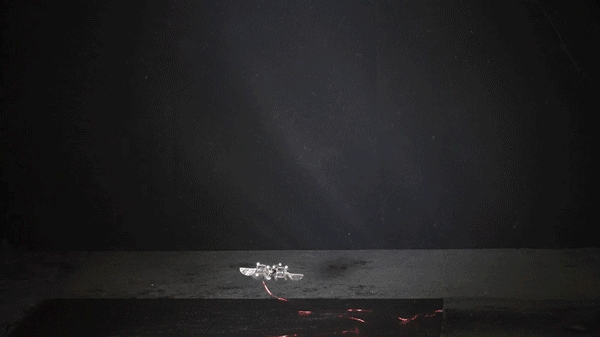
They could also augment the critical task of pollination usually handled by bees, which have been dying by the millions and even billions around the world over the last few years, due to the harsh effects of pesticides and habitat loss. A recent survey conducted this year saw more than 200 commercial beekeepers in the US report average losses of their bee populations exceeding 50%, with an estimated financial impact of over US$139 million.
So how do you build a better bee-bot? Previous designs featured eight wings in sets of two. As it turns out, the arrangement of these wings caused them to blow air into each other when they flapped, reducing their lift force.
The research team's updated approach reduces the number of wings from eight to four. That not only stabilizes them and improves their ability to lift the sub-gram bot off the ground, but also makes room for additional electronic components.
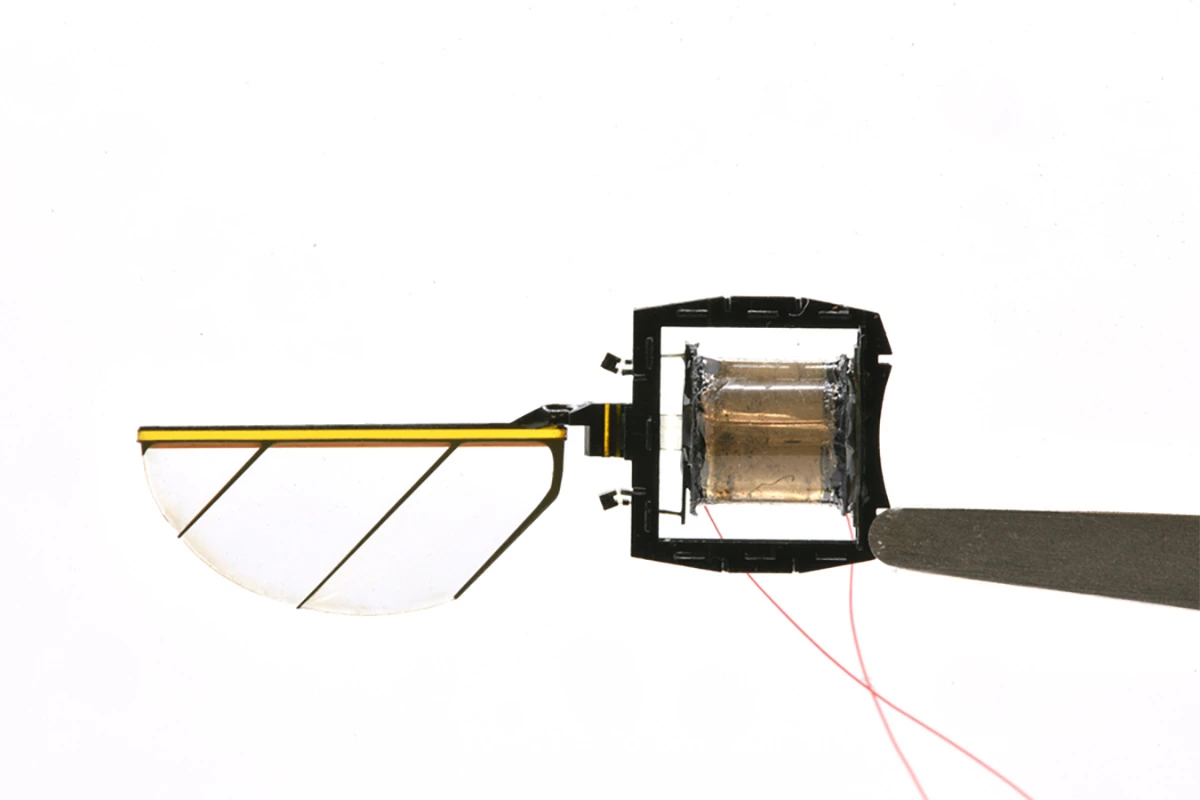
These wings use soft actuators made from layers of elastomer sandwiched between thin carbon nanotube electrodes that are rolled into a cylinder – a sort of artificial muscle. When these muscles rapidly compress and elongate, they generate mechanical force that causes the wings to flap.
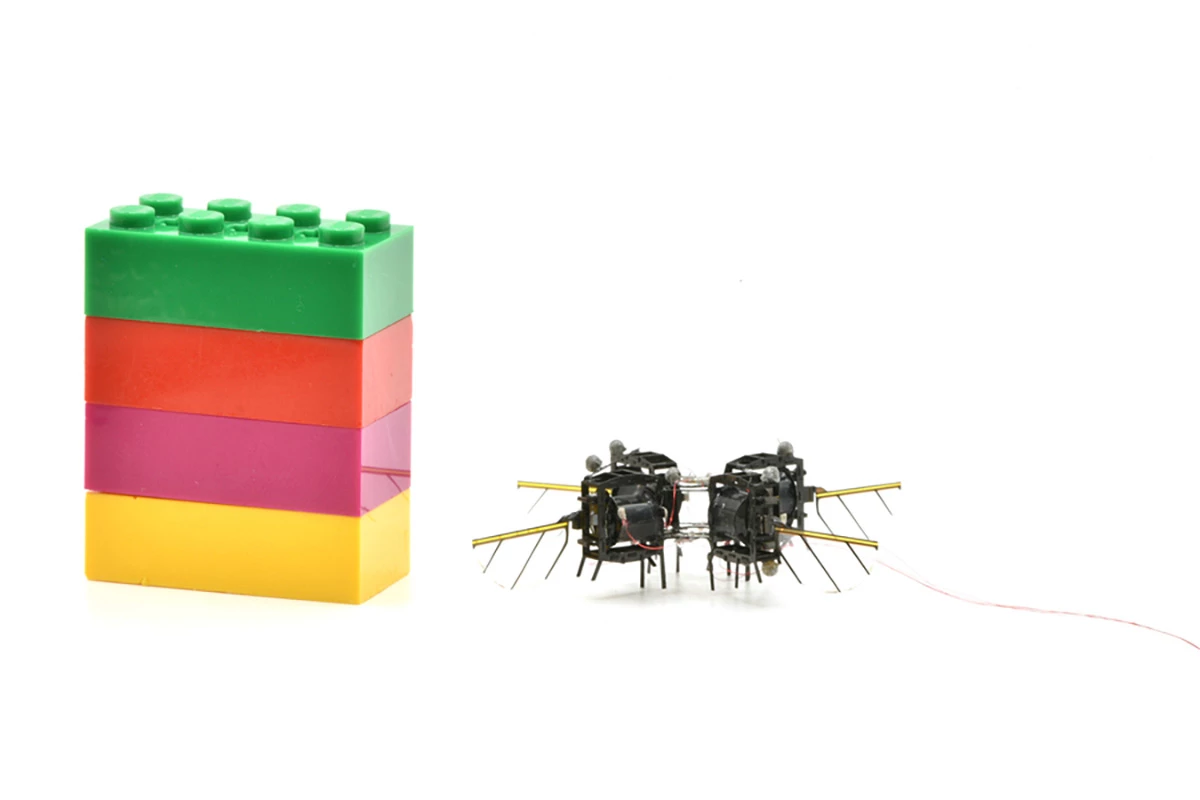
The revamped design ensures there's less strain on these artificial muscles when they move at high frequencies. There are also longer hinges that are better at handling stress from the flapping wings. Each robot fits in a 4 cm x 4 cm (1.575 x 1.575 inches) square.
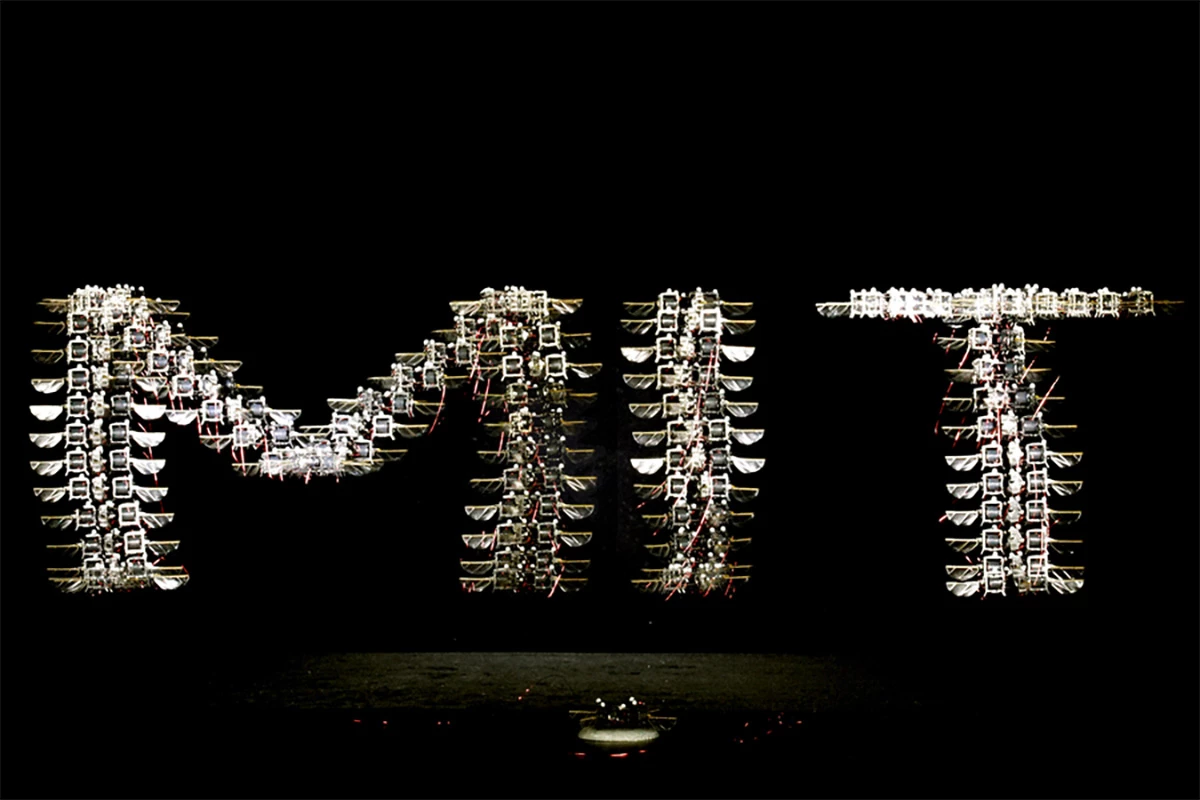
These changes allow the microbots to fly for up to 17 minutes at a time, while moving faster than any previous designs and pulling off body rolls and double flips. That means they could efficiently cover predetermined flight paths and make precise maneuvers.
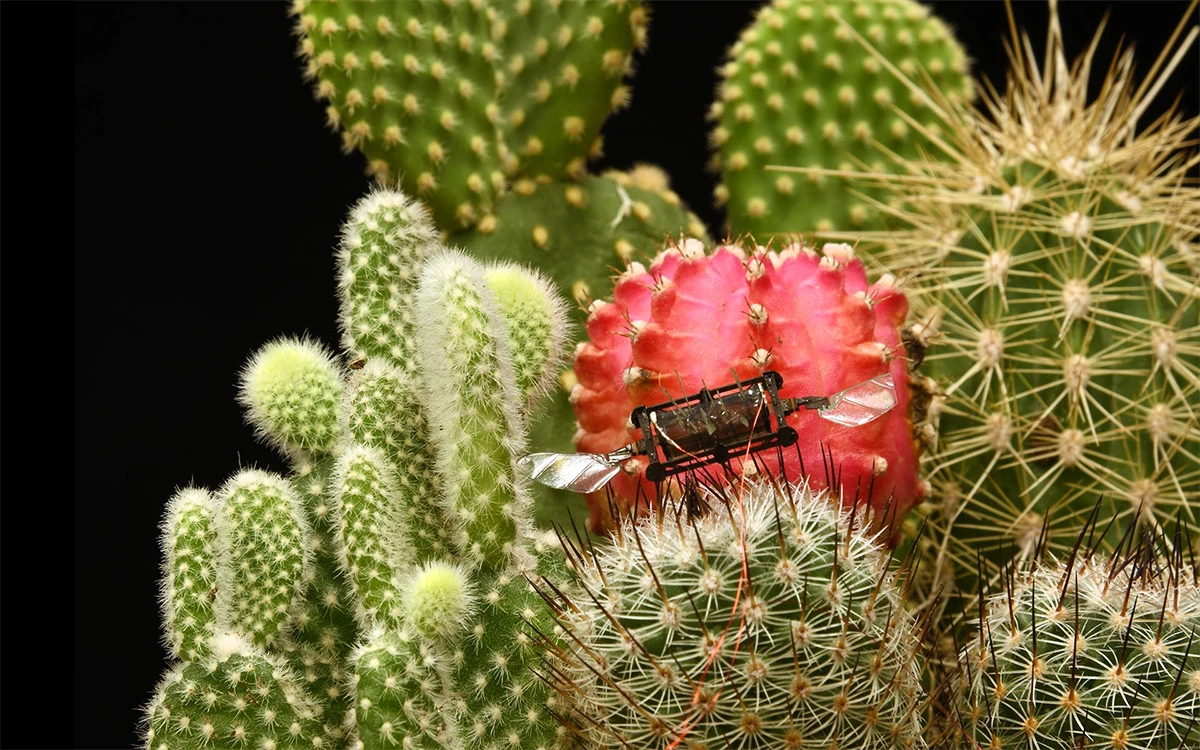
The researchers believe there's room for further improvement with these miniscule flying machines: extending flight time to 10,000 seconds using the new design, fitting batteries and sensors in the space freed up by reducing the number of wings on board, and improving their precision in flight so they can land and take off from the center of a flower. That could enable a range of applications outside the lab, including mechanical pollination in vertical farms.
Source: MIT News




